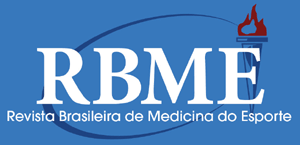Open Access
Revista Brasileira de Medicina do Esporte
Publicação de: Sociedade Brasileira de Medicina do Exercício e do Esporte
Área:
Ciências Da Saúde
Versão impressa ISSN:
1517-8692
Versão on-line ISSN: 1806-9940
